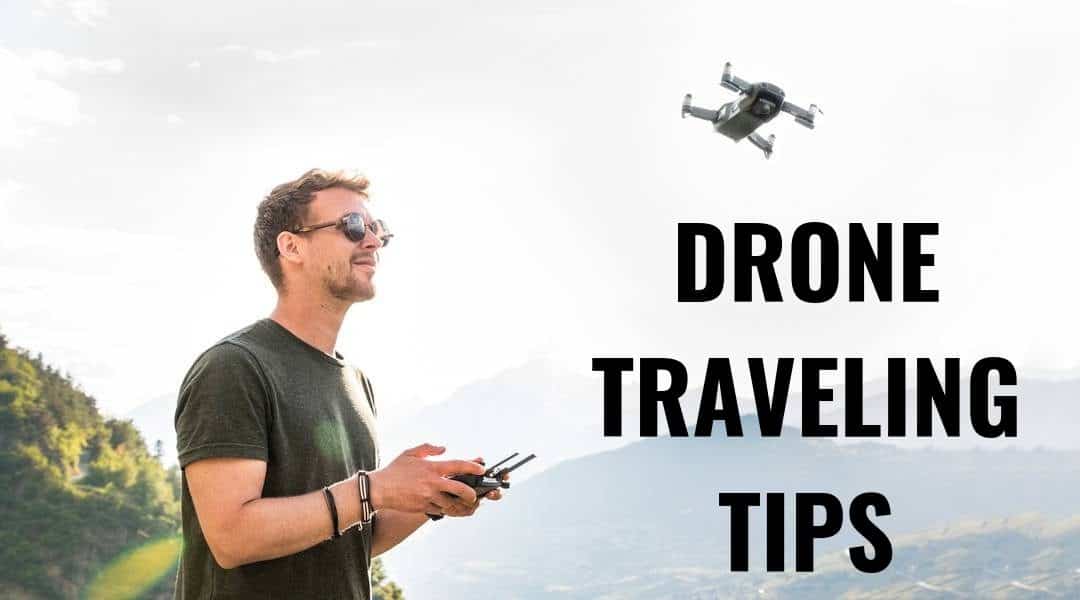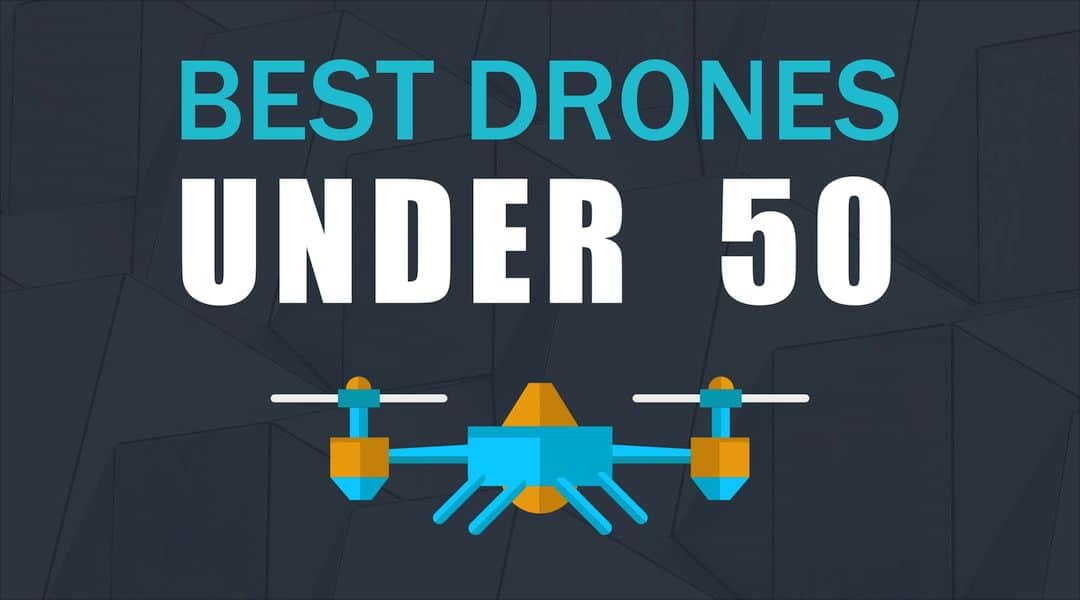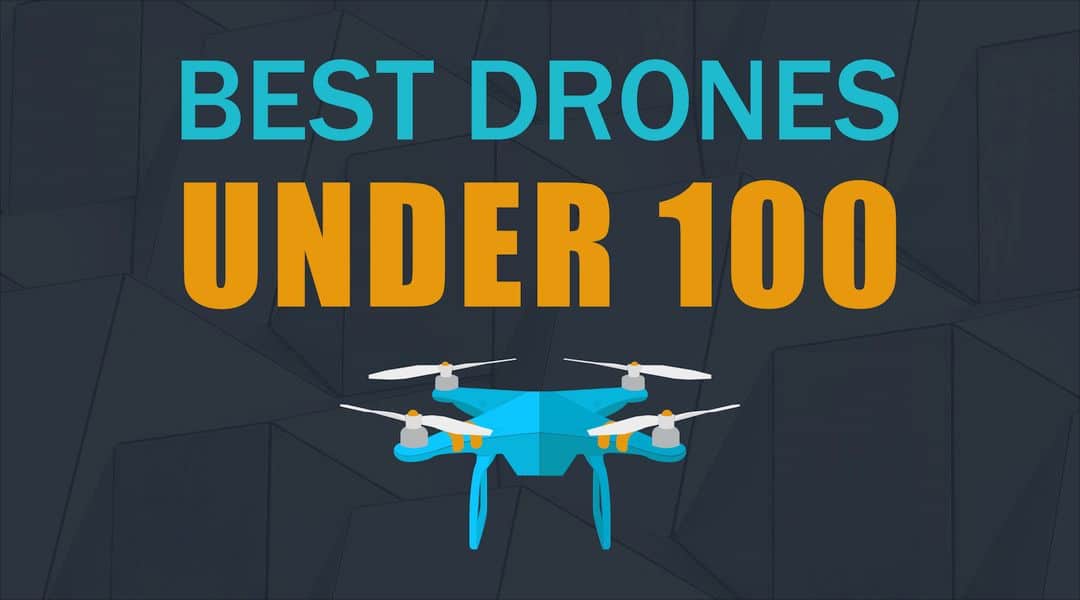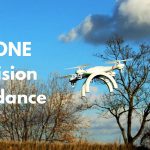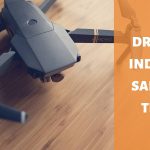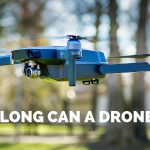Table of Contents
- Drone Traveling Laws
- Drone Portability
- Drone Traveling Carrying Case
- Getting Through Security
- Bring a Repair Kit
- Batteries in Carry-On
- Scout Your Location
- Insuring Your Drone
- Drone Traveling Summary
Drone Traveling Laws
Before you decide to take your drone with you on your next vacation to shoot videos of where you’ll be visiting, you need to know the drone traveling rules for your destination (see Figure 1). When you are crossing international borders, not knowing the laws of your destination country could cost you fines, or even losing your drones.
To help you avoid any potential problems when traveling with your drone, have a look at this map that has the official laws for each country pertaining to recreational drone use.
Some countries have full bans on recreational drones, so make sure you do your homework first.
Drone Portability
When traveling with your drone, you will need to consider how you are going to go about packing and carrying everything with that you need for your trip (see Figure 2).
The good news is that drones with high-quality cameras are becoming more advanced and portable. The dominant drone manufacturer has recently introduced several drone models that are designed for portability. The DJI Mavic Pro and the DJI Mavic Air are each capable of taking 4K videos and high-quality photos despite their small and portable design.
Both of these drones are small enough to carry in a backpack including the drone’s controller. Also, the drones weigh less than two pounds, so they won’t weigh you down even if you are backpacking over your entire trip.
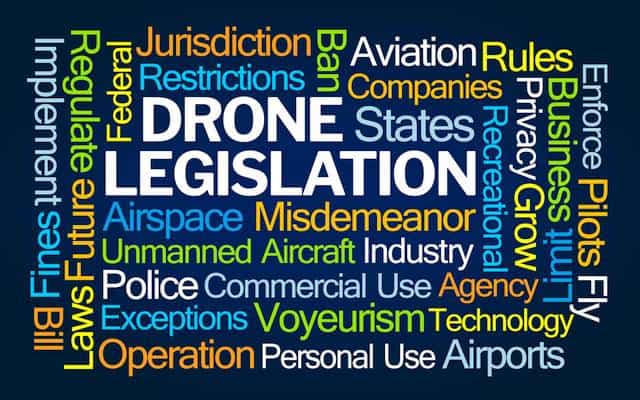
Figure 1 – Drone Traveling Laws

Figure 2 – Drone Portability
Drone Traveling Carrying Case
You are going to need to decide if you want to take the drone as carry on, or check it in (see Figure 3). It’s always best to keep things with you, like when you are traveling with camera equipment. A checked bag could always be lost or damaged. There is also the chance that a checked bag could be put on the wrong plane and be delayed.
Smaller drones like a DJI Phantom have specialized bags designed to be taken as carry-on. Just be sure that the bag can fit in the overhead compartment, or underneath your seat.
DJI has a hard-shell backpack, but you should not use a branded carry one case. Airport security will not care that your case has a DJI brand on it, but you are announcing to any potential thieves that you are carrying an expensive piece of consumer electronics, and not some clothes and your toothbrush.
If you have a larger sized drone such as the Yuneec Typhoon, or DJI Inspire, it will be more convenient for you to have a wheeled carrying case. However, be sure to check that the case will be able to fit into the overhead compartment, or under the seat. It will most likely fit on larger planes but will not on smaller planes. Instead of taking this chance, it’s best to check in your drone instead of being surprised at boarding time.
You may want to consider using a combination of checking in and using carry on. You can check in the controller, drone bod, and accessories. However, in your carry on you take drone batteries, camera, camera gimbal, and memory cards. These are the components you want to be sure do not get tossed around in the luggage compartment of the plane.
Getting Through Security
The advancement of drone technology has made them more and more common (see Figure 4). A few years ago, if you were traveling with a drone, you were sure to draw some attention. However, these days it is not problematic at all to fly with a drone. They are currently classified as consumer electronics. Most X-ray technicians will not even blink if they see a DJI Phantom outline.
What will draw attention is the extra batteries that you are carrying. When you are going through security, put your batteries in their own bin, just like you do with your laptop. It is likely that you will have the batteries pulled aside to be inspected. You will get through security faster by putting the batteries in their own bin.
Don’t be surprised if you get asked what the batteries are for. If you are flying within the USA, airport security may insist upon inspecting your drone and may give it a bit more scrutiny while screening, but it’s unlikely you will have any issues. However, your experience may differ when you are flying internationally.
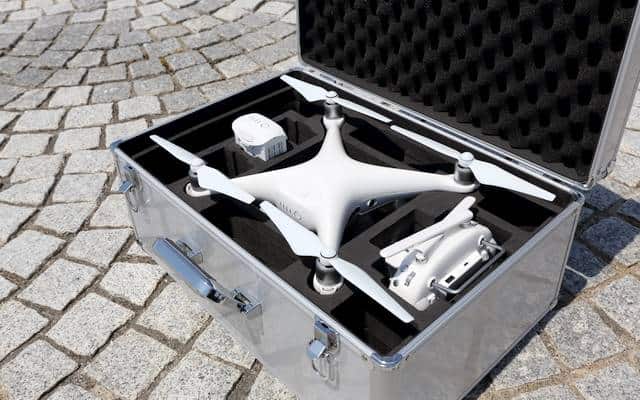
Figure 3 – Drone Carrying Case
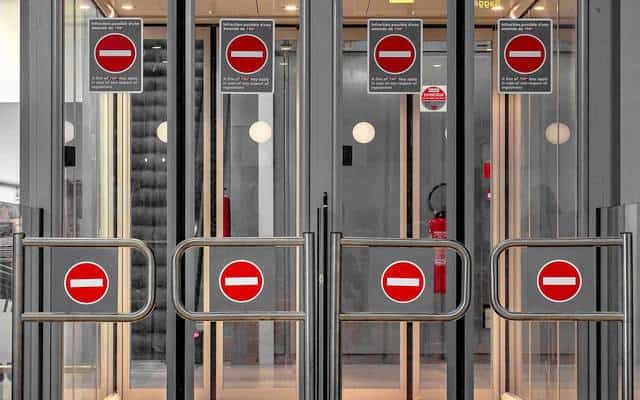
Figure 4 – Airport Security
Bring a Repair Kit
The last thing you want to happen while on vacation is an accident that causes damage to your drone. However, it may happen (see Figure 5).
Having a small drone repair kit will prepare you for this. Including a few spare propellers is an absolute must.
You can make up your own repair kit, or you can simply buy a small drone repair kit that has the tools that you may need to get you back flying.
Just be sure your tools are in your checked in baggage, and not your carry on.
Batteries in Carry-On
Lithium batteries need extra care while transporting because they can cause fires if not treated properly (see Figure 6). Also, lithium battery fires burn very hot and are difficult to put out. The flying rules for batteries depend on the watt hours of the battery.
Most batteries will have their capacity in
The restrictions on flying with lithium batteries
Batteries rated for less than 100 watt hours
Batteries rated for 101 to 160 watt hours
As the battery size and capacity increases, so do the regulations involved. For your carry on, you can have a battery in your drone, as well as two spare batteries. In your checked bag, you can have the battery that is installed in the drone, but you cannot have any spare batteries in your checked baggage.
Be sure that your batteries will not short. Do this by covering the battery terminals with tape and put each battery in individual pouches or battery cases. Once you do this, a final safety step is to put all of your batteries in a LiPo safe container. That way if anything goes wrong, it will be contained within the container.
Finally, for
Regardless of what is written here, be sure to check the latest information on the FAA website, and your
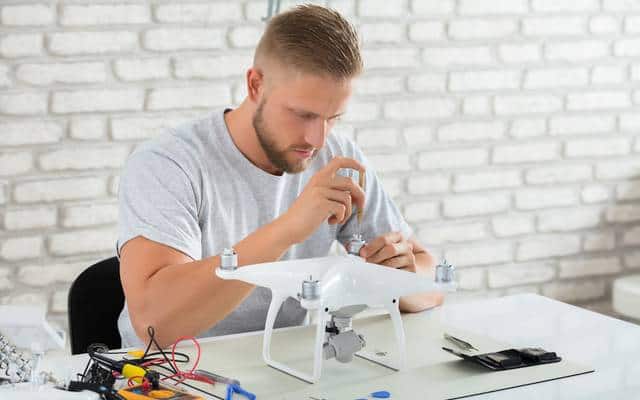
Figure 5 – Drone Repair Kit

Figure 6 – Drone Battery
Practice Before You Travel
With the increased number of smart features on drones, they are becoming easier to fly. However, that doesn’t mean that they are foolproof (see Figure 7).
It is important that you know how to fly your drone properly before you decide to take your new tech toy on your next trip. Do not make your first maiden flight while you are on vacation. If you accidentally crash, you may be saying goodbye to your drone investment.
Even if you have drone flying experience, it wouldn’t hurt to practice a few flight paths that are like how you would fly while on vacation.
Scout Your Location
You don’t want to have to carry around more drone gear than is necessary even if you have a portable drone in a backpack. It is a good idea to have an idea of where you are going to fly before you get there.
Google Maps is a great tool for planning your drone flight path. This will also give you an idea of the scenery, hazards, and what you want to capture as images or video.
Scouting out your location ahead of time will let you know if you can actually fly there. Most importantly, pay attention to how windy the location is and check the wind speed forecast. You don’t want you precious drone to be accidentally blown away due to a wind gust. It’s not always easy to know these things ahead of time, so it’s good that you do some planning beforehand.

Figure 7 – Practice Your Flying
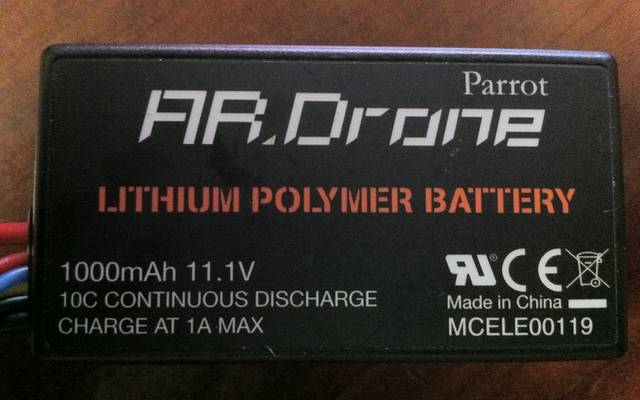
Figure 8 – Drone Battery
Insuring Your Drone
While you are flying your drone in another country, there is a chance that things may not go your way and your drone suffers damage or loss. It’s good to insure your drone in case of such an event and you will have fewer worries in case something happens to your drone. Also, if the drone is damaged while airport security conducts an inspection, it will be covered.
Drone Traveling Summary
With a bit of planning and some research, you should be all set to travel with your drone on a commercial airline.
Most importantly, check the rules regulations regarding flying with your drone. Remember, there are two parts to this: the airline, and the destination. If you are flying internationally, your drone may not be welcome.
Taking your drone with you on vacation will give you an opportunity to turn your trip into a mini-movie documentary. Instead of a few pictures to show, you can share
References
Essential Drone Travel Tips
8 Tips for Traveling with Camera Drones
Drone Photography Tips From a Traveling Photographer

